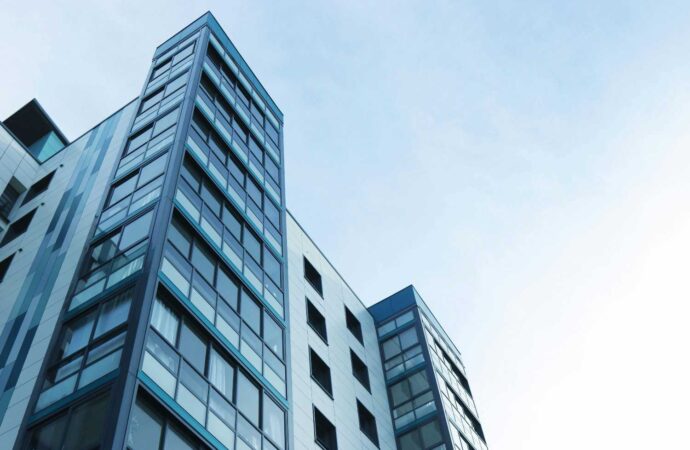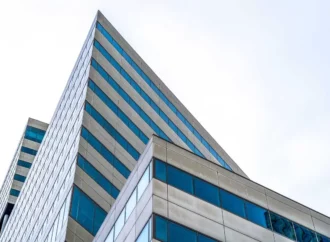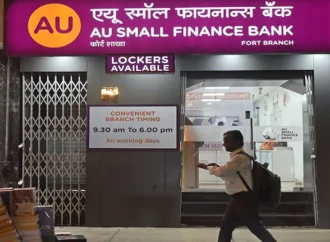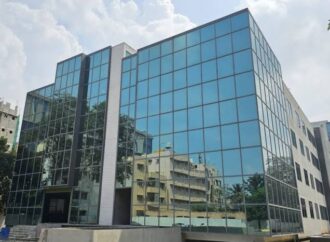India’s real estate market will see a steady recovery and transformation in 2024. Office leasing nears pre-pandemic levels, fueled by IT and hybrid work models, while e-commerce drives warehousing demand. Residential trends favour integrated townships and sustainable green buildings. Affordable housing expands, though affordability challenges persist in major cities like Mumbai and Delhi.
India’s real estate market is witnessing a transformative phase in 2024, driven by economic recovery, evolving consumer preferences, and technological advancements. With steady growth in both commercial and residential sectors, developers, investors, and buyers are adapting to a shifting landscape shaped by changing demands and innovative trends.
Office Space Revival and Flexible Workspaces
The commercial real estate market is steadily recovering, with office leasing activity in major cities expected to exceed 45 million square feet in 2024. This represents 80% of pre-pandemic levels, primarily driven by IT, BFSI, and consulting sectors. Demand is increasingly focused on Grade A office spaces with state-of-the-art facilities.
The rise of hybrid work models has prompted businesses to embrace flexibility, boosting demand for coworking hubs and flexible office spaces. These spaces are no longer limited to start-ups but are adopted by larger enterprises seeking adaptable and modern office layouts.
E-Commerce Fuels Warehousing Demand
The rapid growth of e-commerce is driving a surge in demand for warehousing and logistics facilities. Warehousing space demand has jumped 30% in the past year, with over 40% of this growth attributed to e-commerce players. Both global and domestic companies are investing heavily in logistics infrastructure, focusing on key hubs to support their supply chain needs in a rapidly digitising economy.
Residential Market Trends: Premium and Affordable Housing
The residential sector is witnessing sustained demand for mid-to-luxury housing, with a growing preference for integrated townships offering holistic living. These townships, equipped with schools, hospitals, shopping centres, and recreational facilities, appeal to young professionals and middle-class families who prioritise lifestyles alongside their location.
Affordable housing continues to gain traction, supported by government initiatives like the Pradhan Mantri Awas Yojana (PMAY). However, escalating property prices in cities like Delhi, Mumbai, and Bengaluru present affordability challenges for many first-time homebuyers. Developers are increasingly collaborating with state governments to launch affordable housing projects and leverage available subsidies.
Sustainability Takes Center Stage
Sustainability is a pivotal trend in both commercial and residential real estate. The Indian Green Building Council (IGBC) reports over 7,500 green buildings in the country, with numbers expected to grow as builders prioritise eco-friendly practices. Energy-efficient designs, rainwater harvesting, and waste management solutions are becoming standard as awareness of climate change impacts increases.
Navigating Challenges and Opportunities
While the market is marked by recovery and growth, challenges such as regulatory hurdles, rising costs, and affordability concerns persist. To stay competitive, developers are focusing on consumer-centric innovations and sustainability. The push for environmentally responsible practices and lifestyle-oriented solutions reflects a shift toward long-term value creation in the industry.
Outlook for 2024 and Beyond
The Indian real estate market in 2024 is poised for continued transformation. The commercial sector thrives with demand for premium office and logistics spaces, while the residential market sees rising interest in luxury and affordable housing. As sustainability becomes a key priority, developers and investors are reimagining their strategies to align with evolving market needs and consumer expectations.























